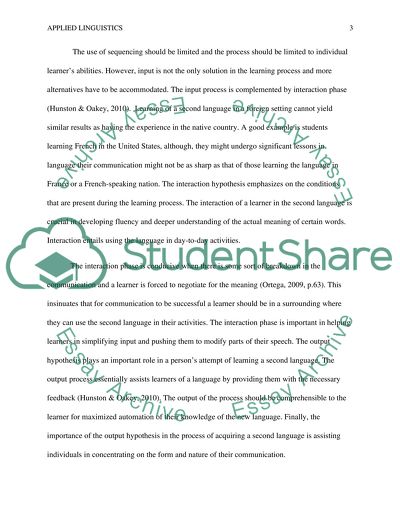Cite this document
(“Applied linguistics Essay Example | Topics and Well Written Essays - 2250 words”, n.d.)
Retrieved from https://studentshare.org/english/1486825-applied-linguistics
Retrieved from https://studentshare.org/english/1486825-applied-linguistics
(Applied Linguistics Essay Example | Topics and Well Written Essays - 2250 Words)
https://studentshare.org/english/1486825-applied-linguistics.
https://studentshare.org/english/1486825-applied-linguistics.
“Applied Linguistics Essay Example | Topics and Well Written Essays - 2250 Words”, n.d. https://studentshare.org/english/1486825-applied-linguistics.


